Print Version
Introduction
Introduction
Great Waves in History
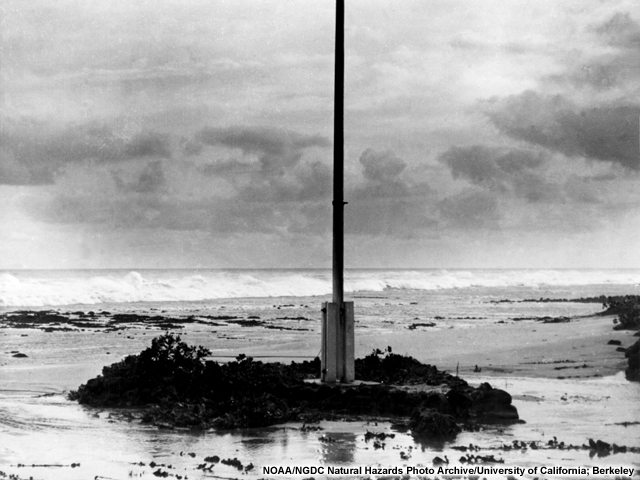
In time, tsunamis wash up at nearly every shore. One of the first well-documented tsunami catastrophes occurred three and a half thousand years ago when an entire volcanic island—Thera—exploded in the Mediterranean hastening the decline of the Minoan civilization on the nearby island of Crete, where deposits of beach pebbles, sea shells, and marine microbes have been found 6 m (21 ft) above sea level in ruined buildings.
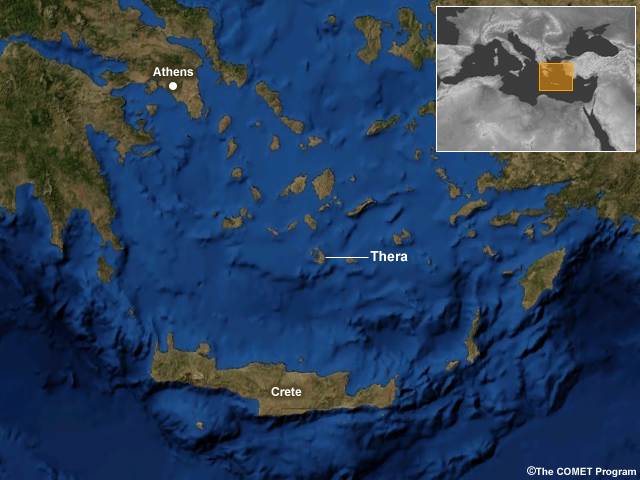
This event may have partially inspired Plato's account of the story of Atlantis.
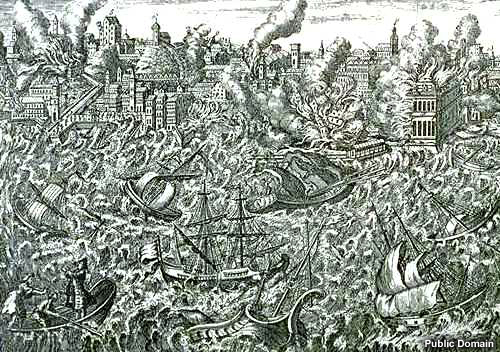
This was one of the first, but many have followed. Disaster struck Lisbon, Portugal, in 1755 in the form of an earthquake and tsunami which together killed 30,000 to 50,000 people. This tsunami is the most famous of several that have struck Atlantic shores.
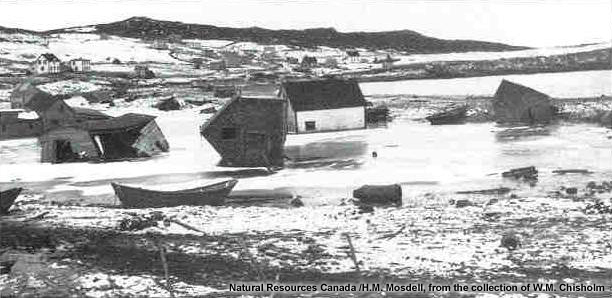
Another more recent—the Grand Banks tsunami of 1929—inundated parts of Newfoundland in the wake of a vast submarine landslide that coincidentally happened just weeks after the Wall Street Crash.
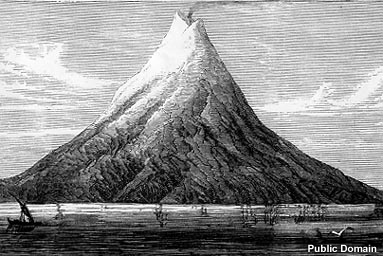
Southeast Asia has been the victim of many famous tsunamis—including the multiple leveling waves produced by the destruction of the volcanic island Krakatau in 1883. The Krakatau eruption was so violent it was heard 4,800 km (3,000 mi) away and resulting waves registered at tide gauges as far away as Le Havre, France.
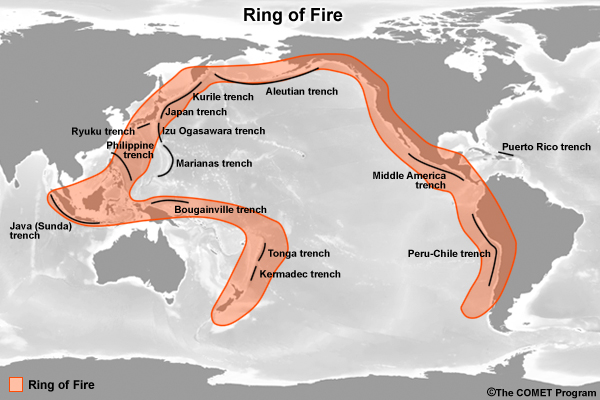
But the Pacific has been home to the most devastating waves, thanks to its ring of seismic zones. Japan has been hit countless times, perhaps most famously by the 1896 Sanriku Meiji tsunami.
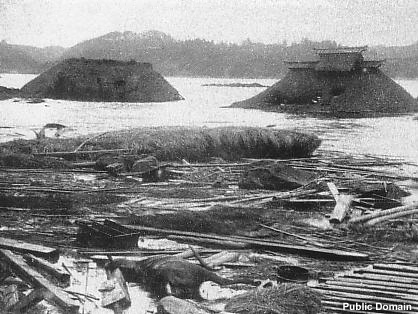
The shaking was slow and gentle by human standards so people did not flee, but the lengthy quake produced tsunami waves over 30 m (100 ft) high that killed almost 30,000.
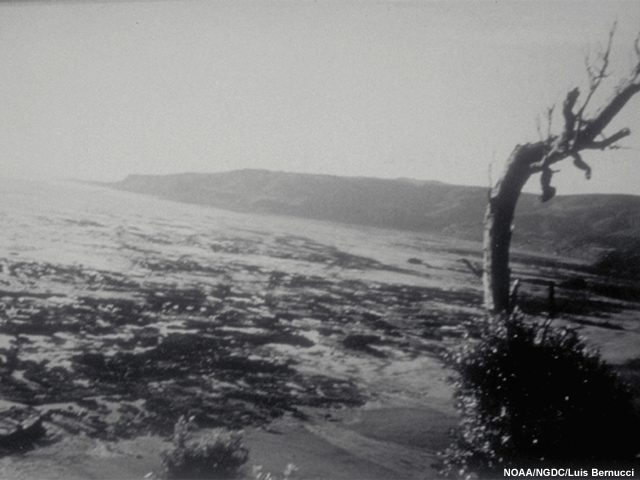
Two of the biggest tsunamis of the 20th century, however, were those triggered by the great earthquakes of 1960 in Chile—the most powerful on record, which shook for an incredible 7 minutes—and of 1964 in Alaska, the Good Friday Earthquake.
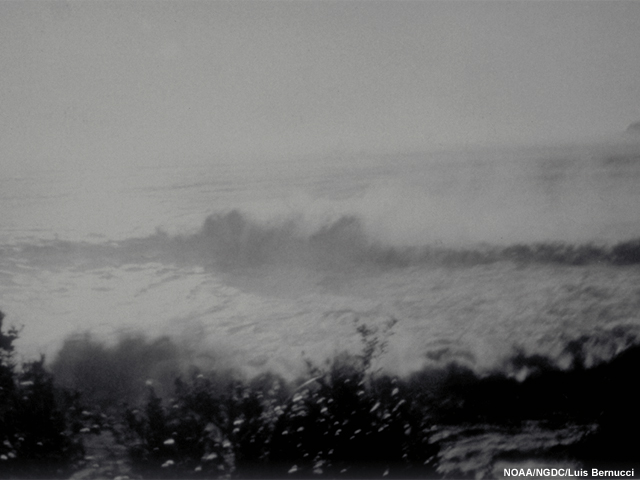
The Chilean waves caused tremendous destruction in South America, Hawaii, and Japan.
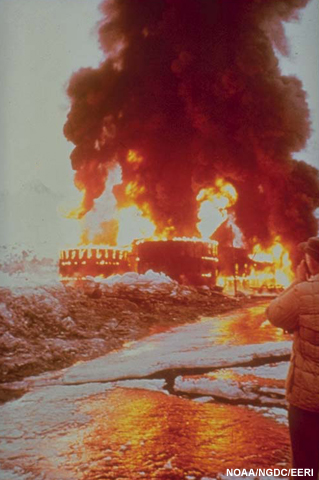
The Alaska quake devastated many coastal towns and produced a surreal scene in Seward: a 12 m (40 ft) flaming tsunami wave slicked with oil leaked by the explosions of nearby oil storage tank farms.
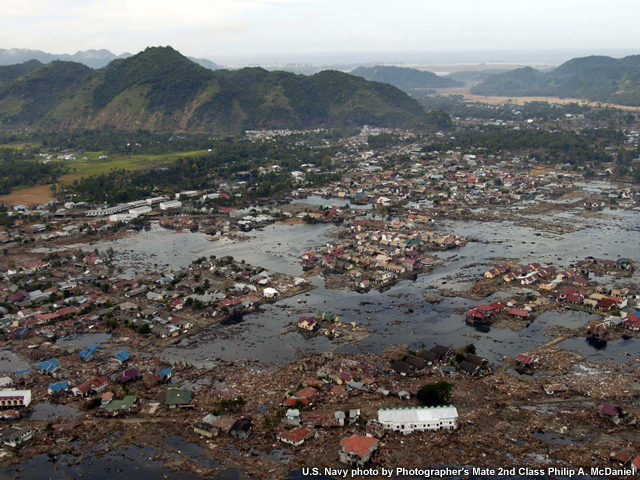
But all these events pale in comparison to the toll of the Indian Ocean Tsunami of 2004, in which nearly 230,000 people in 14 countries died.
The Unique Properties of Tsunamis
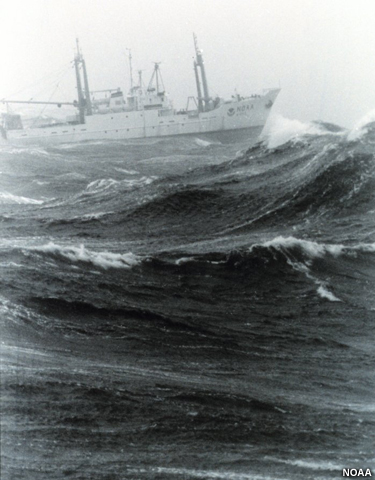
Wind waves and tsunami waves behave quite differently. For example, the wind waves experienced by ocean travelers have heights at sea directly proportional to their energy—which is confined to a 100-meter zone near the ocean’s surface—so even ocean liners will pitch in the largest wind waves.
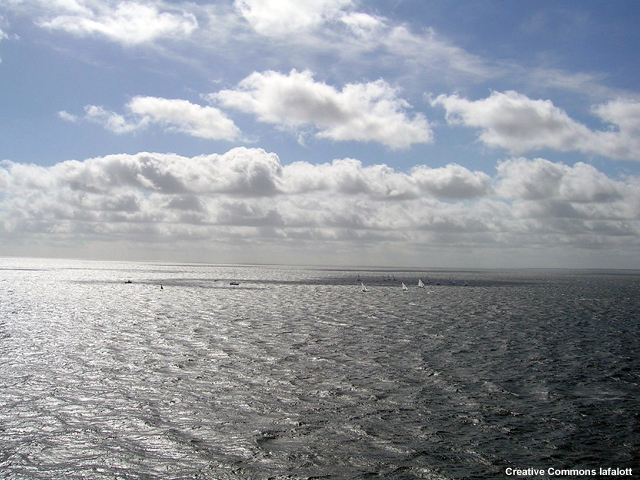
Tsunami waves, on the other hand, are imbued with tremendous energy yet have heights at sea that are miniscule by comparison. A large tsunami in open ocean may be only 0.5 m (1.6 ft) high. This happens because the waves’ energy is spread throughout the water between the surface and the bottom. Tsunamis travel at speeds in deep water approaching that of commercial jets—around 800 km (500 miles) per hour—yet pass unnoticed by ships at sea.
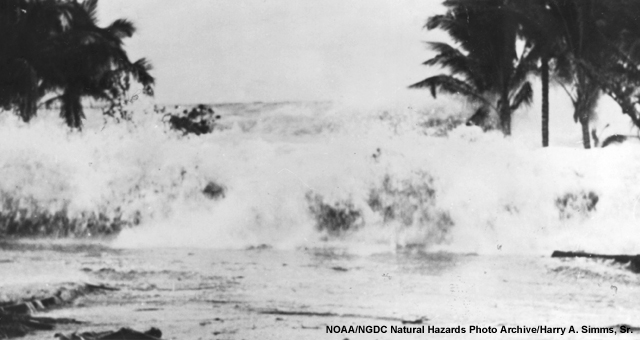
And when tsunamis encounter shores, they may inundate coasts to heights of 30 m (100 ft), rushing forward like a rapidly rising tide or wall of water.
The purpose of this module is to help you understand the physical processes that are responsible for these differences between wind waves and tsunamis, and to help you appreciate the incredible energy and devastating effects tsunamis can produce.